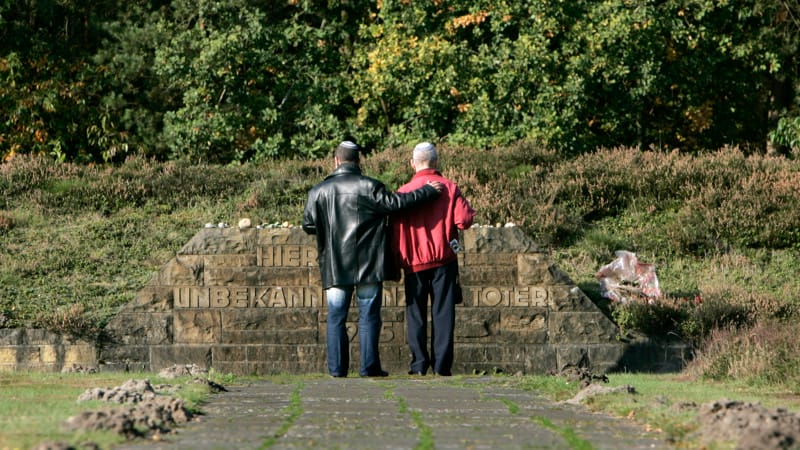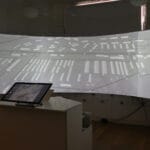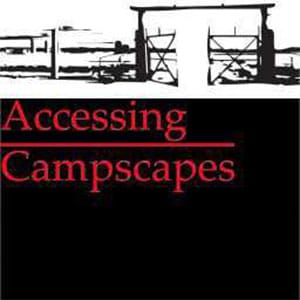Seventy years after its liberation, Bergen-Belsen concentration camp remains a poignant reminder of World War II atrocities. With few living eyewitnesses remaining, Dutch scientist Paul Verschure has pioneered a virtual 3D reconstruction to keep the camp’s history alive. Verschure, a psychologist and professor of cognitive sciences in Barcelona, was inspired by his grandfather Jan Verschure, a resistance fighter who died in Bergen-Belsen shortly after its liberation.
Upon visiting the nearly desolate camp a decade ago, Verschure was struck by the lack of remaining structures, unlike Auschwitz or Dachau. This inspired him to develop an interactive 3D model that allows visitors to explore the camp’s history using tablets. The app features detailed visualizations of original buildings, photographs, floor plans, historical texts, and diary excerpts, providing an immersive experience that bridges the gap between past and present. “I see this as a telescope that allows us to look at our past in a new way,” Verschure explains.
The Bergen-Belsen Memorial Center director, Jens-Christian, praises the technology for enhancing visitor engagement and plans to apply similar methods to other camps in Lower Saxony. However, Dirk Mulder, director of the Herinneringscentrum Kamp Westerbork, expresses concerns that overreliance on digital tools may detract from the physical and emotional impact of the site. He advocates for restoring original structures to maintain an authentic historical experience.
Westerbork is enhancing its site with historical goods wagons and reconstructed barracks using authentic materials, aiming to provide a meaningful and tangible connection to history. The debate highlights the balance between innovative digital preservation and traditional memorial practices. Verschure’s project exemplifies how technology can support memory preservation, ensuring future generations understand the profound lessons of Bergen-Belsen and other concentration camps.











